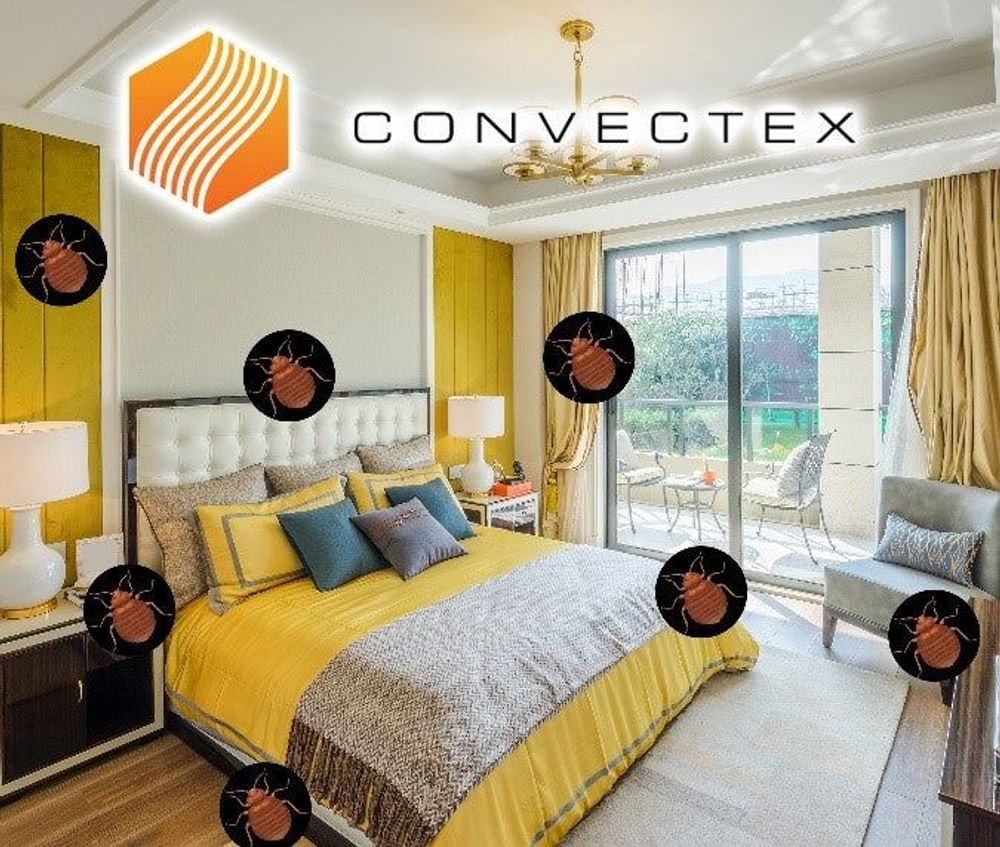The multi housing industry is one of the most susceptible industries for bed bugs. Due to the high volume of traffic, bed bugs easily hitch rides from one room to the next or from building to building. It’s uncommon to see a housing complex with multiple rooms infested with bed bugs. The infestation can start in one room and spread through the walls, ceilings and floors. One step that all proactive property owners and managers should take is to educate their tenants about the dangers of bed bugs and how to avoid spreading them. Also, tenants should be provided with the proper procedures to notify management of a bed bug problem so a heat treatment can be scheduled as quickly as possible. We have compiled some general information that is helpful in educating your tenants.
How to identify a bed bug
 Bed bugs are flat wingless insects that grow to about .2 inches long. The bed bug body is nearly transparent at the nymph stage, making them that much more difficult to spot. Adult bed bugs have an oval body and a short, broad head. The body as a whole is broad and flat. Unfed adults are brown in color but after feeding, they swell slightly in size and darken to a blood-red color.
Bed bugs are flat wingless insects that grow to about .2 inches long. The bed bug body is nearly transparent at the nymph stage, making them that much more difficult to spot. Adult bed bugs have an oval body and a short, broad head. The body as a whole is broad and flat. Unfed adults are brown in color but after feeding, they swell slightly in size and darken to a blood-red color.
Where to look for bed bugs

Here are some of the most common places to find bed bugs. When searching a room, be patient and use a flashlight.
• Under the fitted sheets
• Along the edges of mattress piping
• Box springs - Paying close attention to the four corners, under the plastic corner guards and the on the underside where the dust cover is attached.
• Around the legs and resting areas of the headboard
• Check the underside of the bed frame, paying close attention to any holes or joints in the wood frame
• Bed bugs don’t just live in beds. Don’t forget to check other furniture in the room as well as the walls and flooring.
What to look for
- Live Bed Bugs: Look for live bed bugs in any stage of development. Some bugs may be large and black/red color, while others may be small and clear/white.
• Fecal (Poop) Stains: These stains look like ink dots from a black marker/pen
• Cast Skins: Similar to reptiles, bed bugs cast their skin when they grow out of it. These skins can be seen where bed bugs commonly live.
• Blood Stains: These spots may look like rusty spots on bedclothes, sheets, furniture and walls.
Bed Bug Bites - What to look for
Bed bugs usually bite the face, neck, arms, and hands, but can bite any exposed part of the body. The bites look and feel similar to a mosquito or flea bite. They are also commonly seen in clusters of 3-4 bites.
For More Information
For more pictures, forms and more detailed information see our social media.
https://www.facebook.com/convectex.heat
https://www.linkedin.com/in/convectex-llc-87699483
https://plus.google.com/+ConvectexBedBugRestorationEquipment/posts
https://www.youtube.com/channel/UCwJW4w_AjJ4cQrGDucyHXkw

